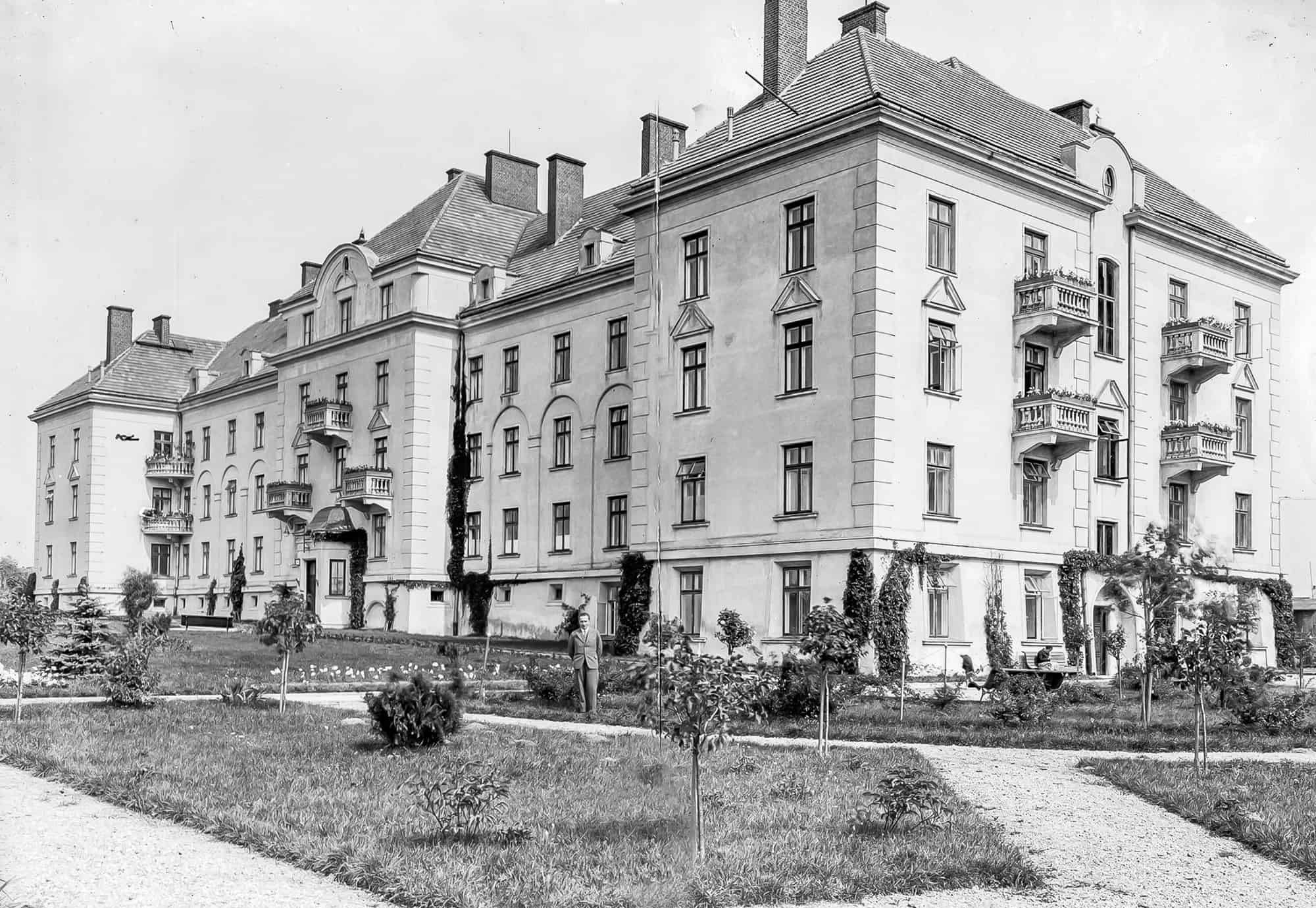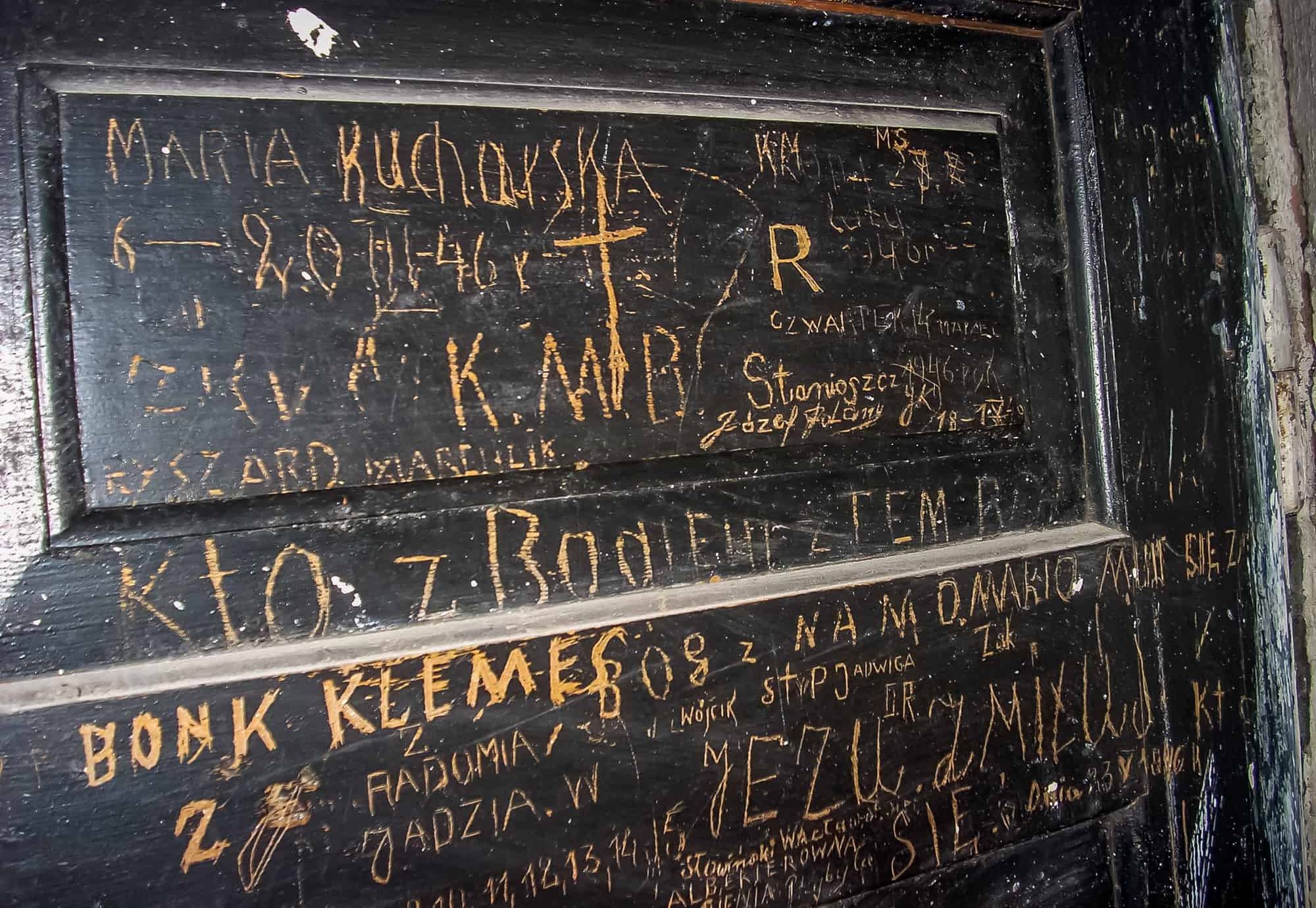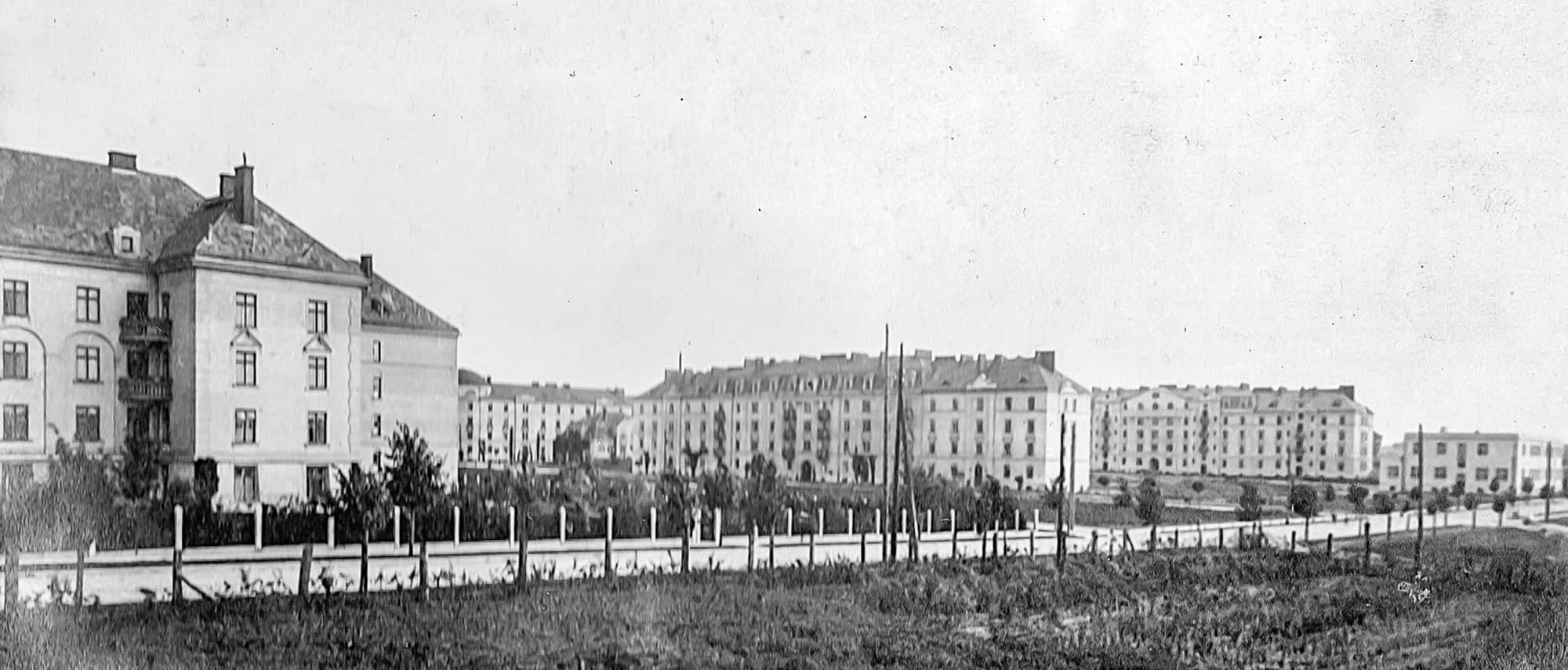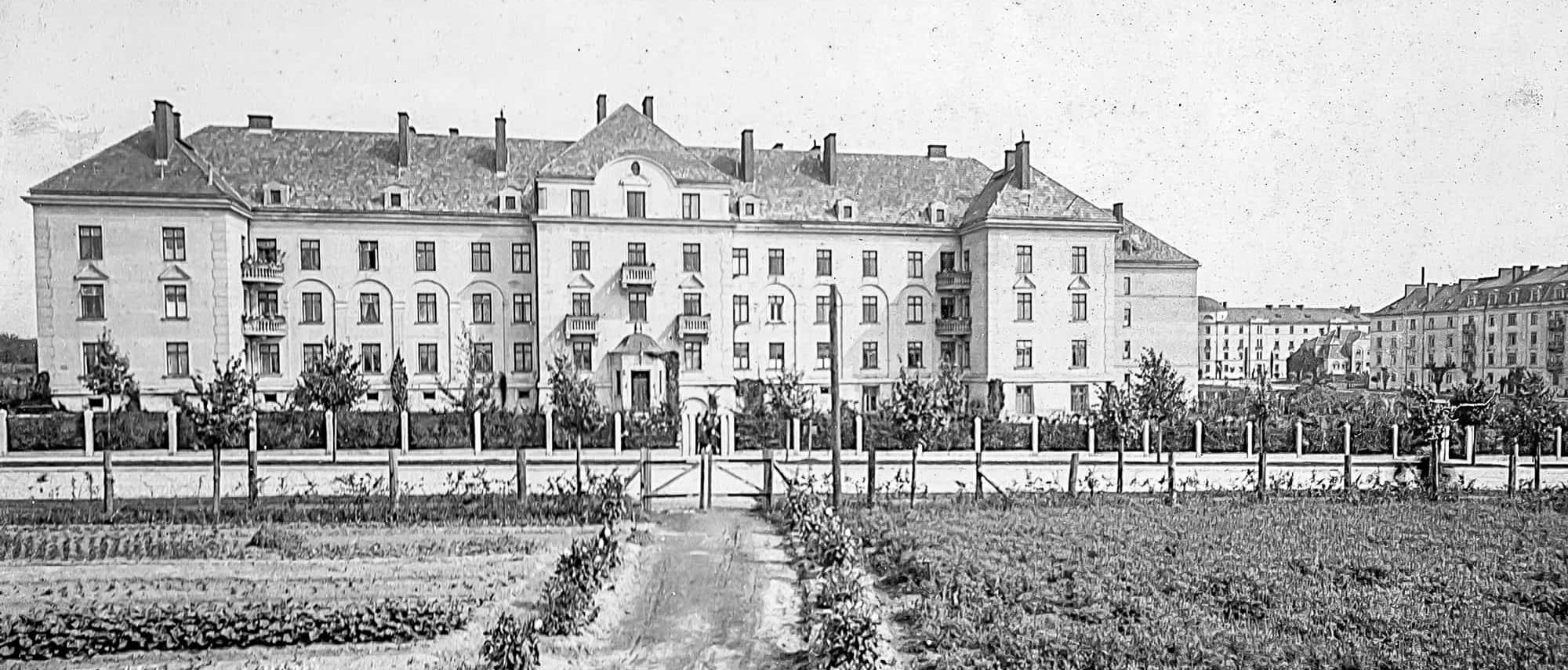“ENGINEERS’ HOUSE”
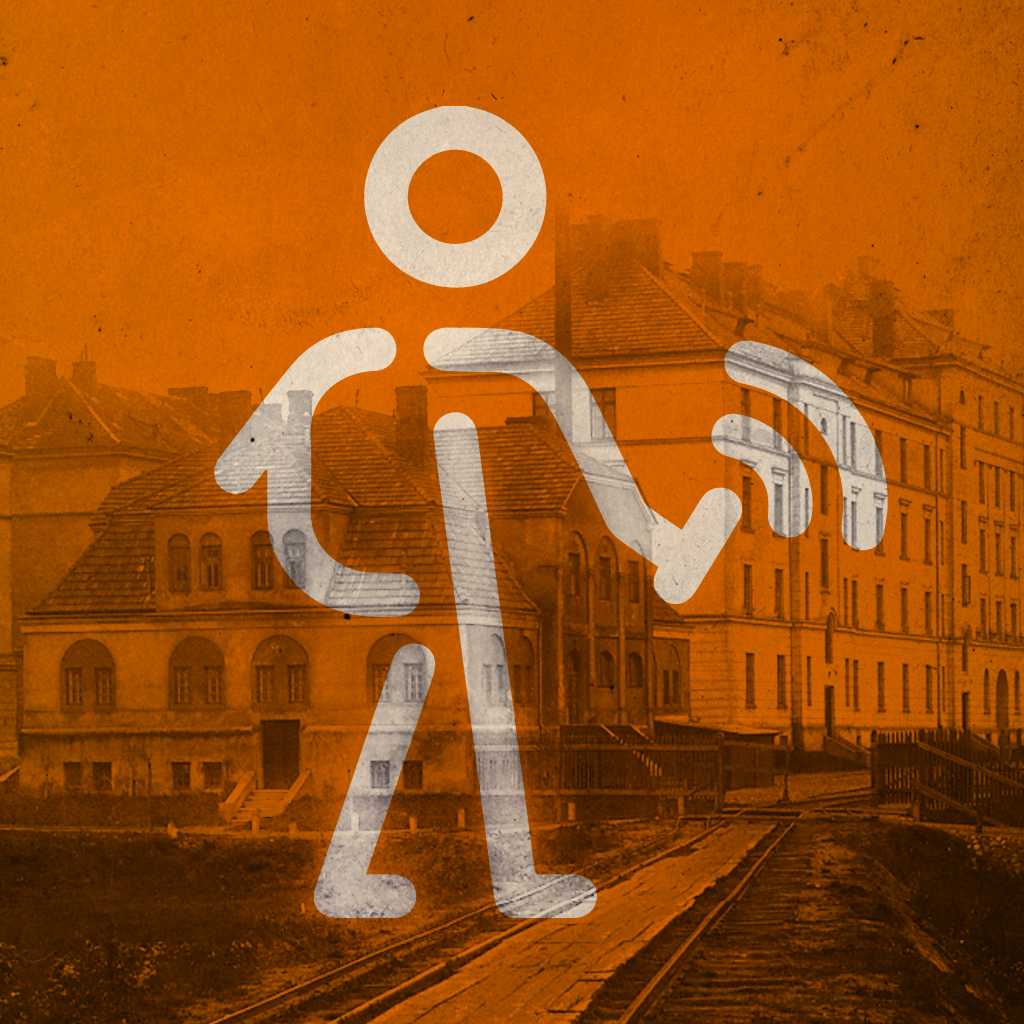
Listen to the audio guide
Before the war it was a building belonging to the Weapons Factory, where highly skilled workers of the factory and their families lived. It housed high standard premises. The building had water and sewerage system and central heating, among other things. As a result of the evacuation of the factory and its management in September 1939, most of the units in this building were abandoned by the residents. After Radom was occupied by the Germans, the building became the headquarters of the Security Police of the Radom District. One of its departments was the secret state police, the Gestapo (short for Geheime Staatspolizei). The Gestapo’s task was to fight all signs of anti-German activity, especially Polish underground organisations. The building at Kościuszki Street No. 6 in Radom became a counterpart of the Gestapo torture house at Szucha Street in Warsaw. The basement of this building was turned into cells, and the rooms upstairs were turned into offices and interrogation rooms where detainees were beaten and tortured. Hundreds of patriots, members of the intelligentsia, Polish Army officers, scouts, social and political activists, priests, teachers, and ordinary people from Radom and the region passed through these rooms, who were considered by the German authorities to be dangerous to their rule or engaged in activities against the Third Reich.
Those imprisoned and interrogated here included:
Marceli Handelsman – one of the most prominent Polish historians of the first half of the 20th century who was then deported to Gross-Rosen. He died on March 20, 1945 in the Dora-Nordhausen camp,
Jan Rogowski a.k.a. Czarka – lieutenant, cichociemny (“Silent Unseen” – elite special-operations paratrooper), staff officer of Partisan Group of Home Army of Lieutenant Jan Piwnik “Ponury”, shot near Radom on February 16, 1944,
Halina Bretsznajder a.k.a. “Olga” – commander of the Radom Area of the Kielce Regiment of Girls Scout Organisation and Girl Scout Rescue Service, executed on the gallows in a public execution on Warszawska Street in 1942,
Zacheusz Pawlak – a member of the Grey Ranks, sent to the concentration camp in Majdanek. After the war, a well-known and respected Radom physician.
Rev. Stefan Grelewski – prefect of primary schools in Radom, organiser of secret courses for youth, who died in the concentration camp in Dachau.
Rev. Bolesław Strzelecki – chaplain of the Radom scouts, later murdered in the Auschwitz–Birkenau concentration camp.
In January 1945, after the Germans left Radom, the building was occupied by the Soviet security service NKWD and the same year it became the headquarters of the District Office of Public Security. The facility again became a place where detainees were held, interrogated, and tortured, this time on charges of activity against “people’s power.” Among the many arrested were members of the anti-communist underground and former soldiers of the Home Army. The detention centre was liquidated in 1947.
The inscriptions on the walls and cellar doors scratched out by prisoners are testimony to the human tragedies that took place within the walls of the building at T. Kościuszki Street No. 6.
In front of the building there is a sculpture made by Stanisław Romańczuk with an inscription “No more war”, a symbol of enslavement and suffering. Two commemorative bords were built into the wall of the building: one dedicated to the victims of the Gestapo and the other to the victims of the NKWD and UB (Department of Security).


